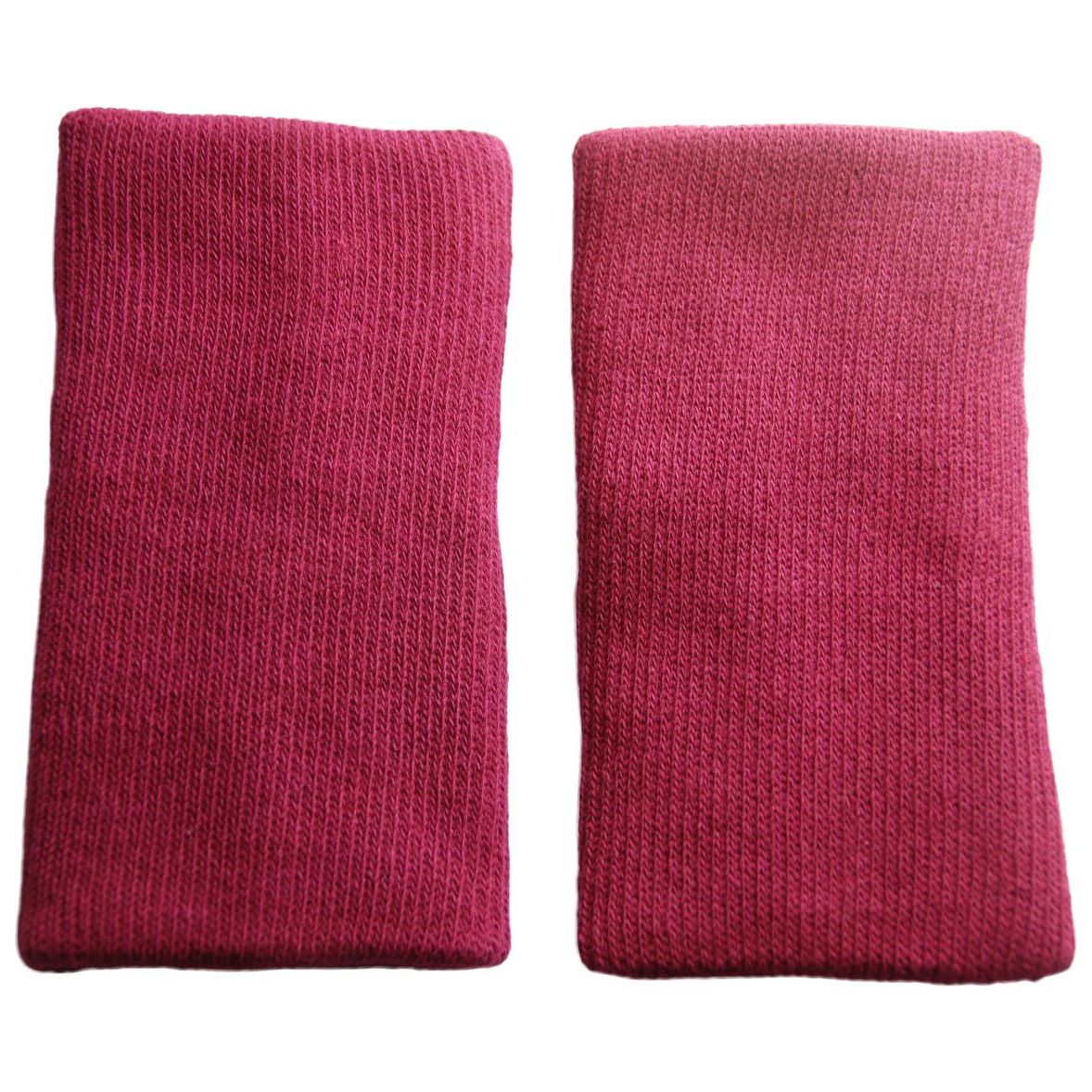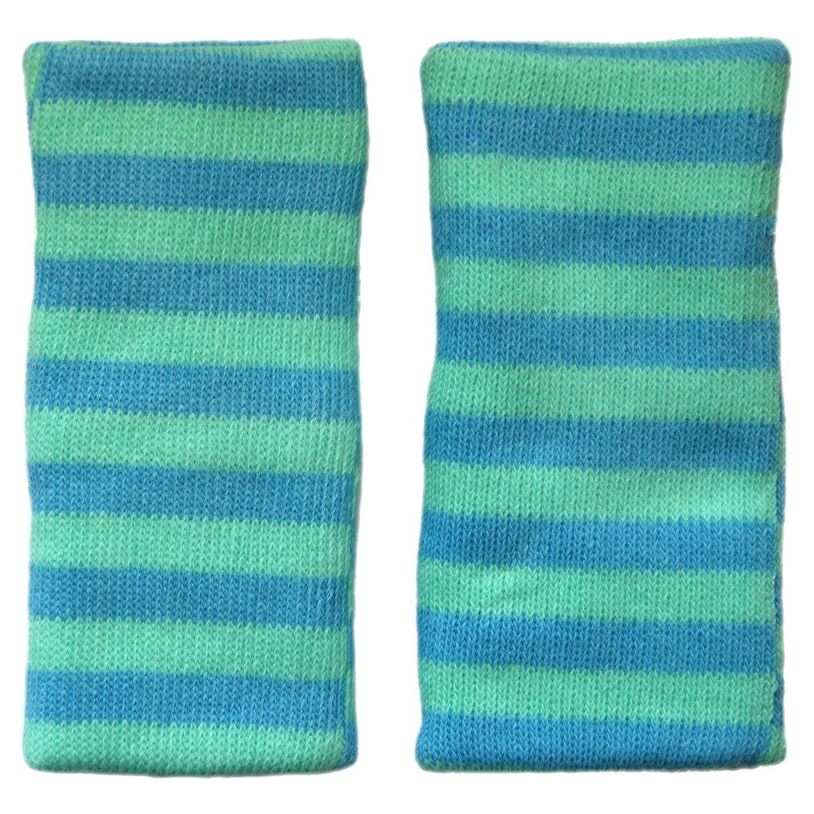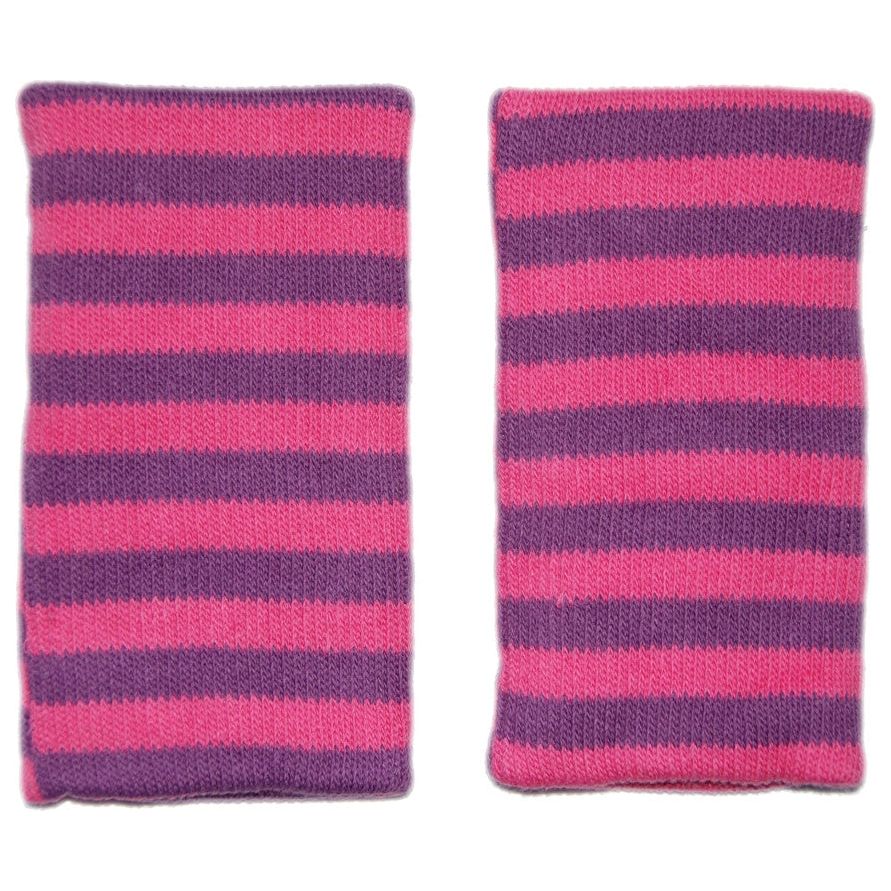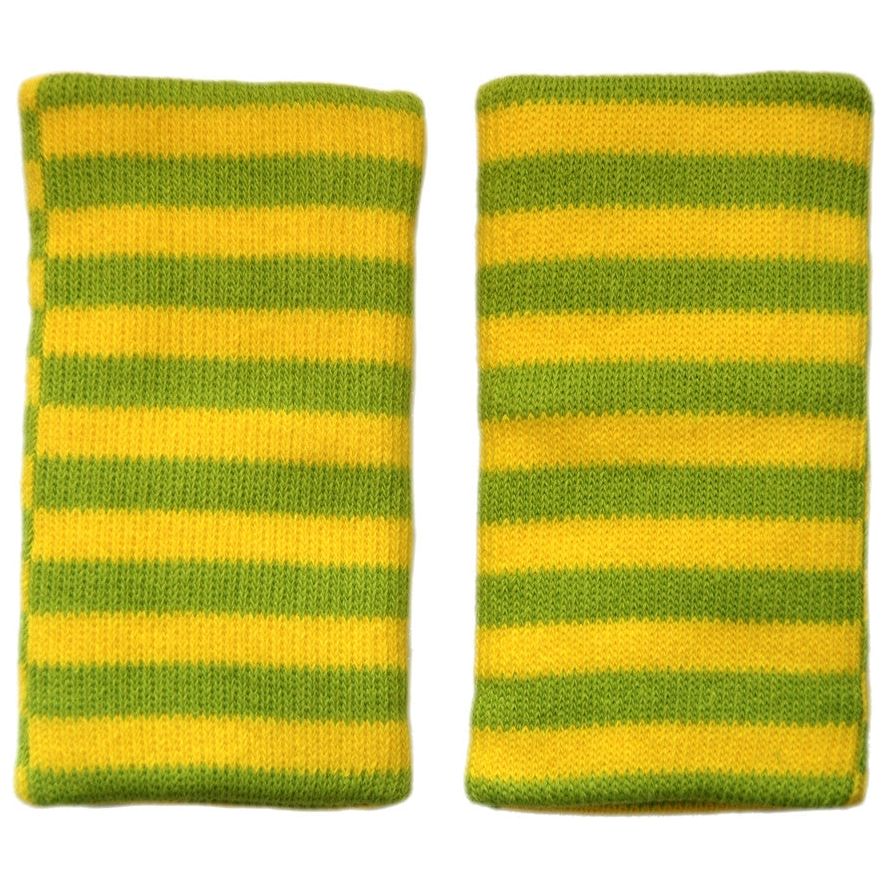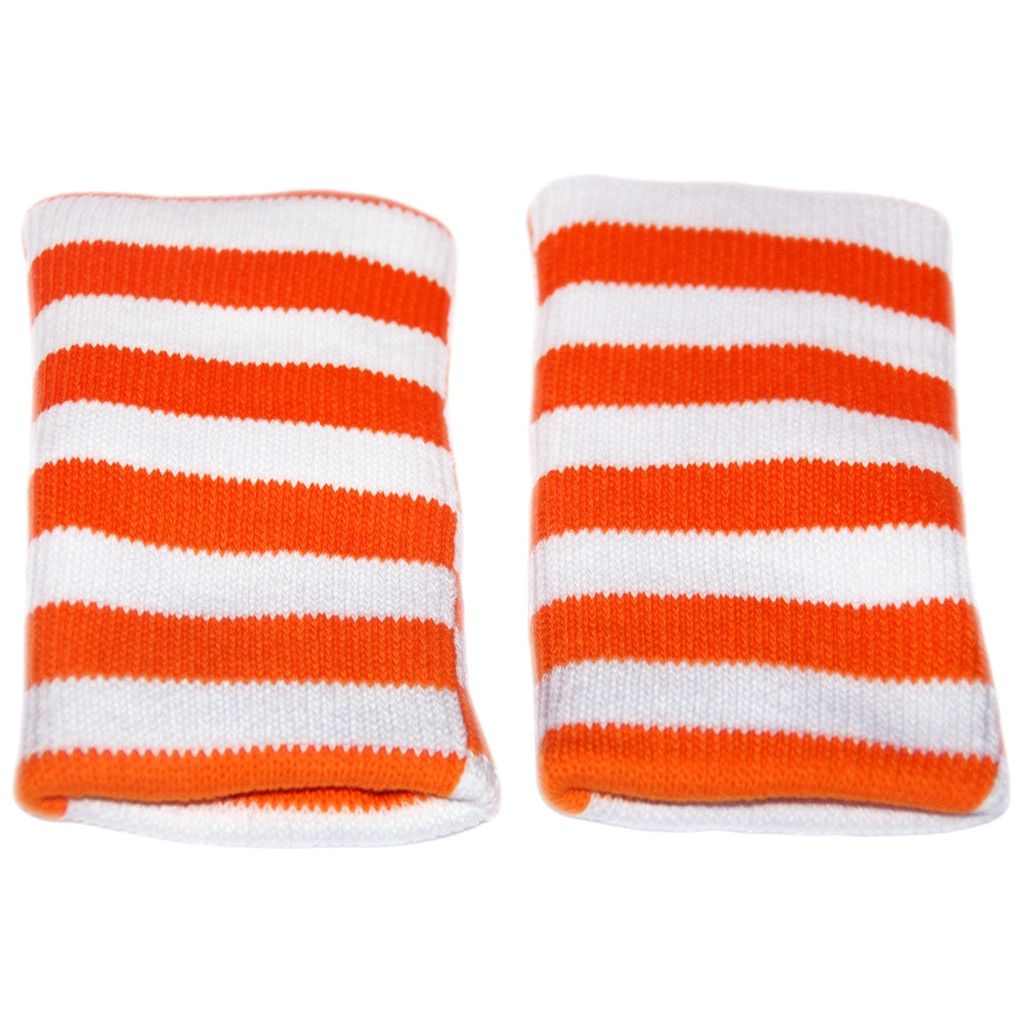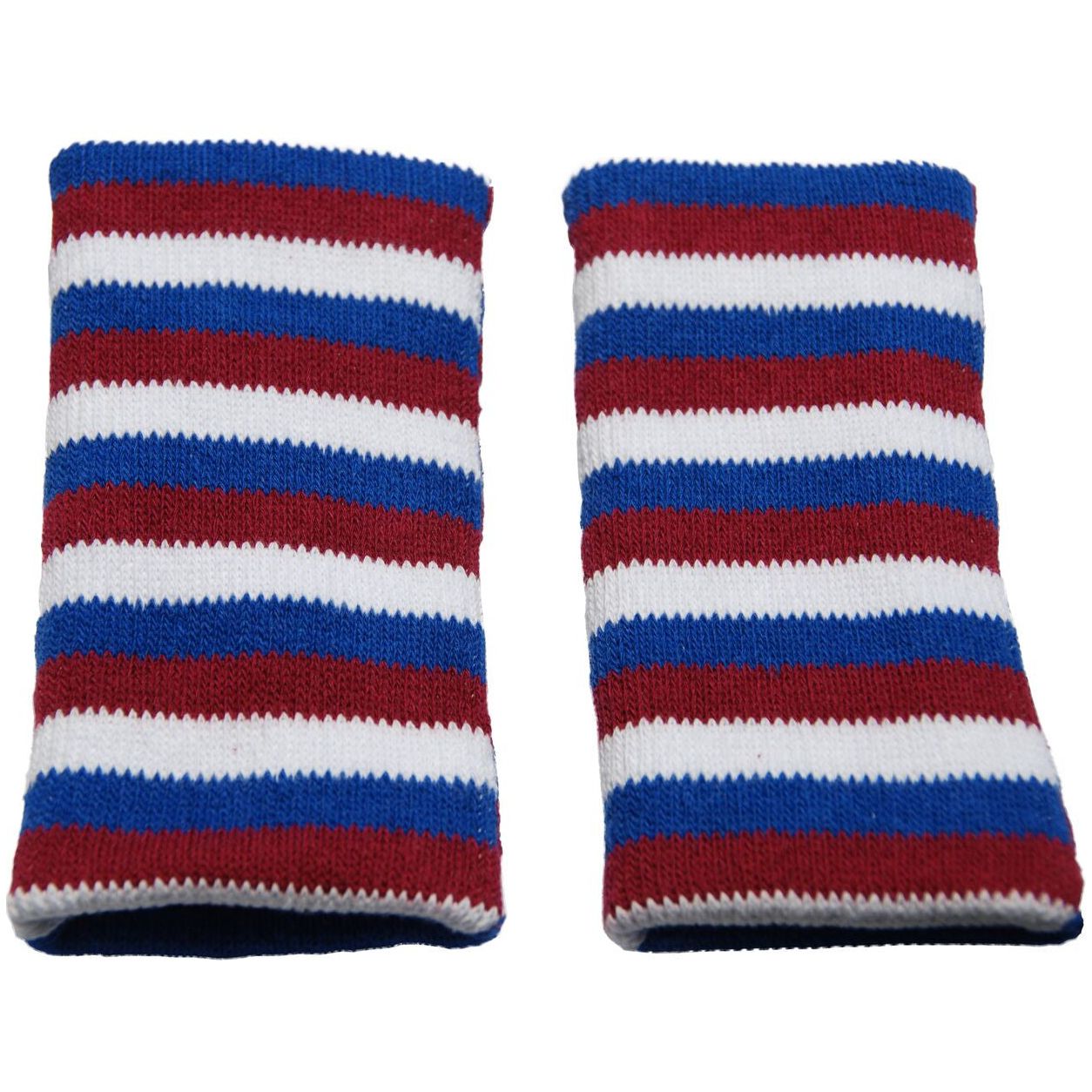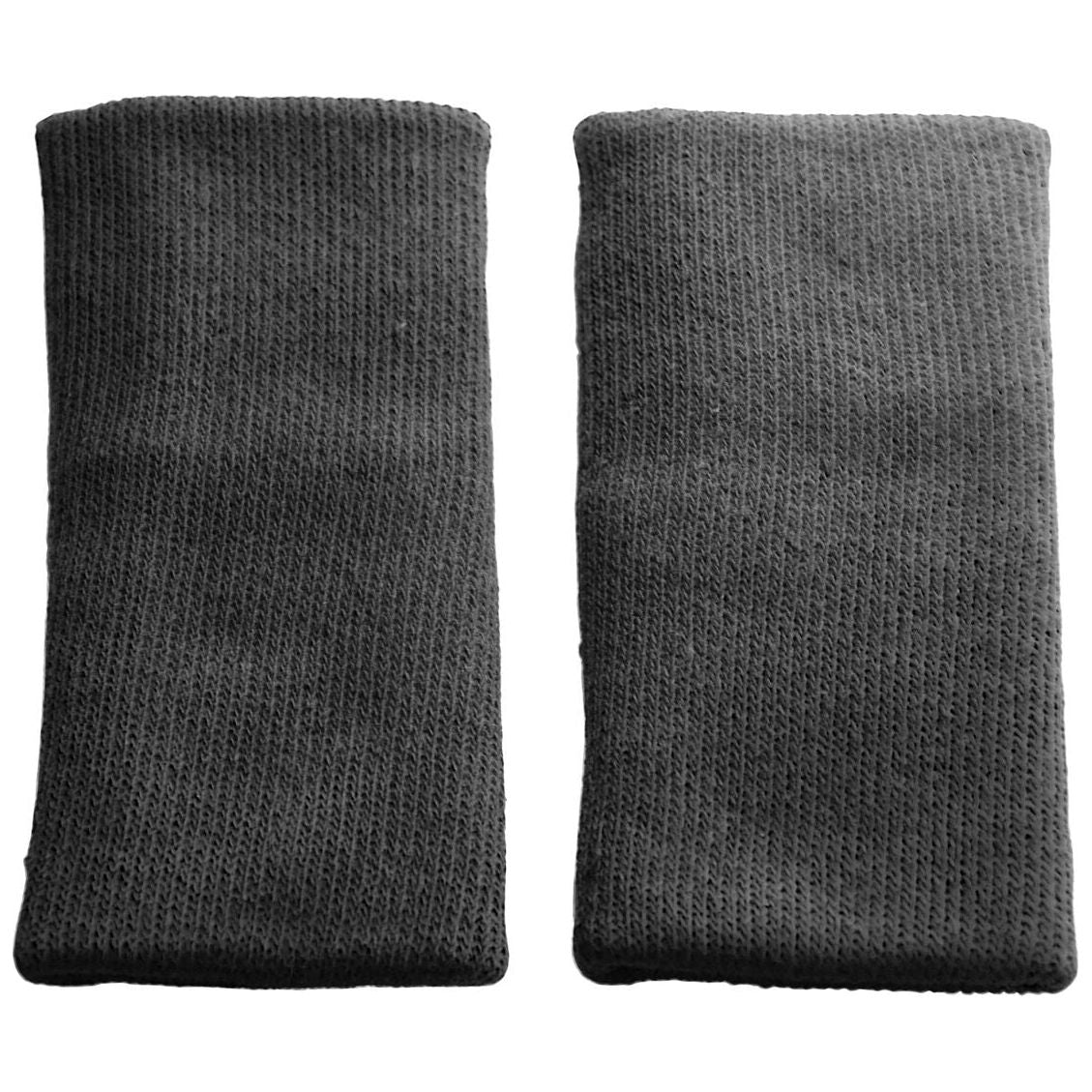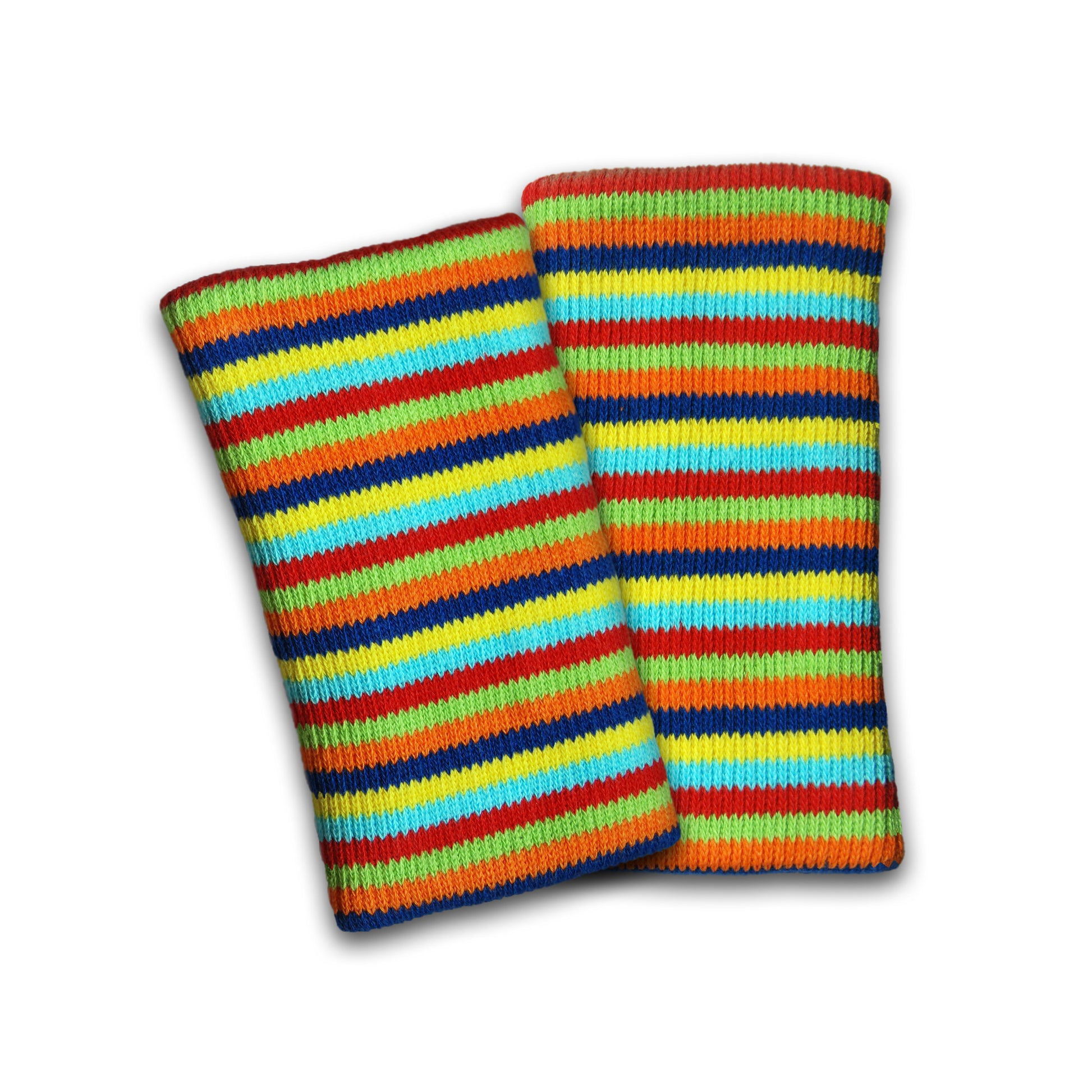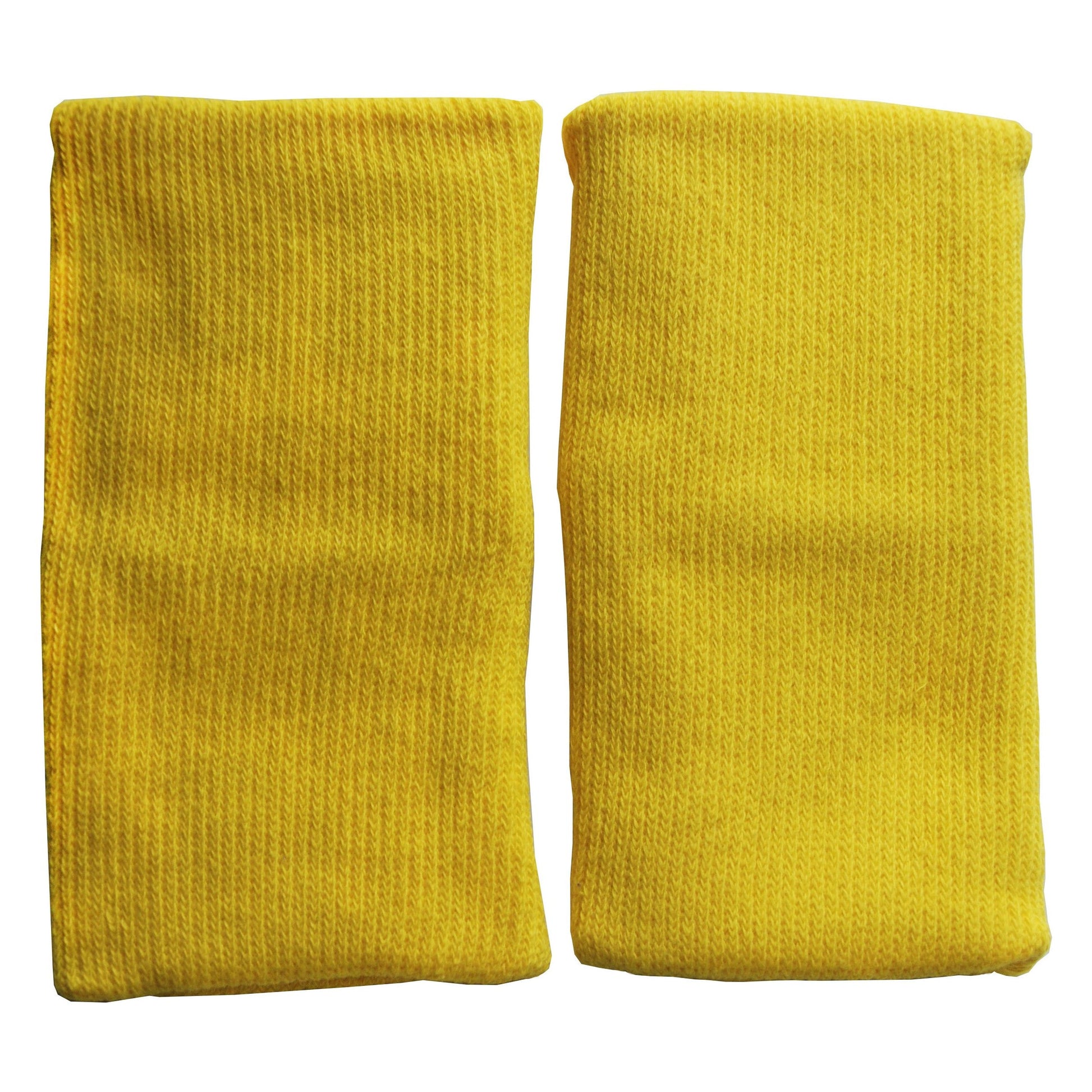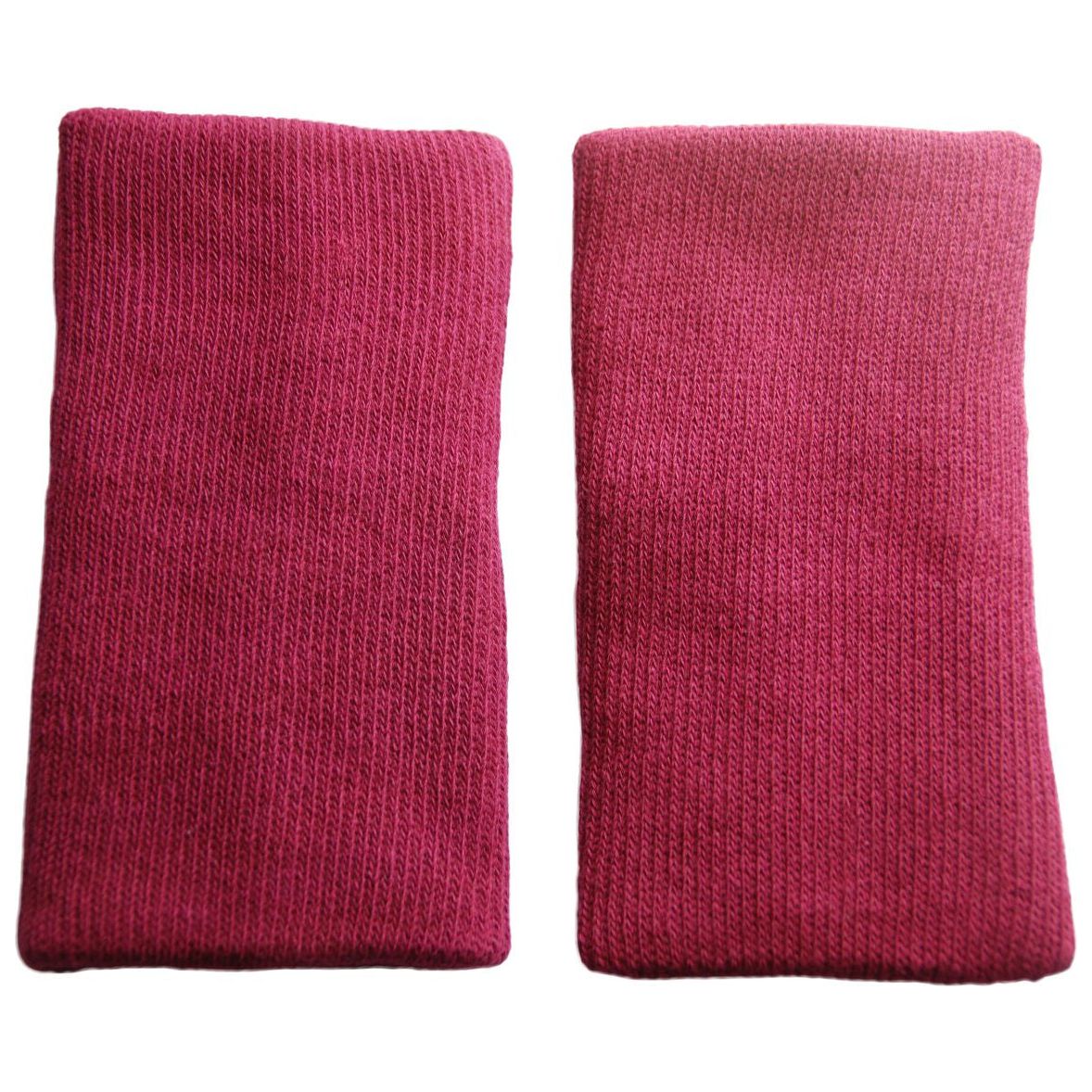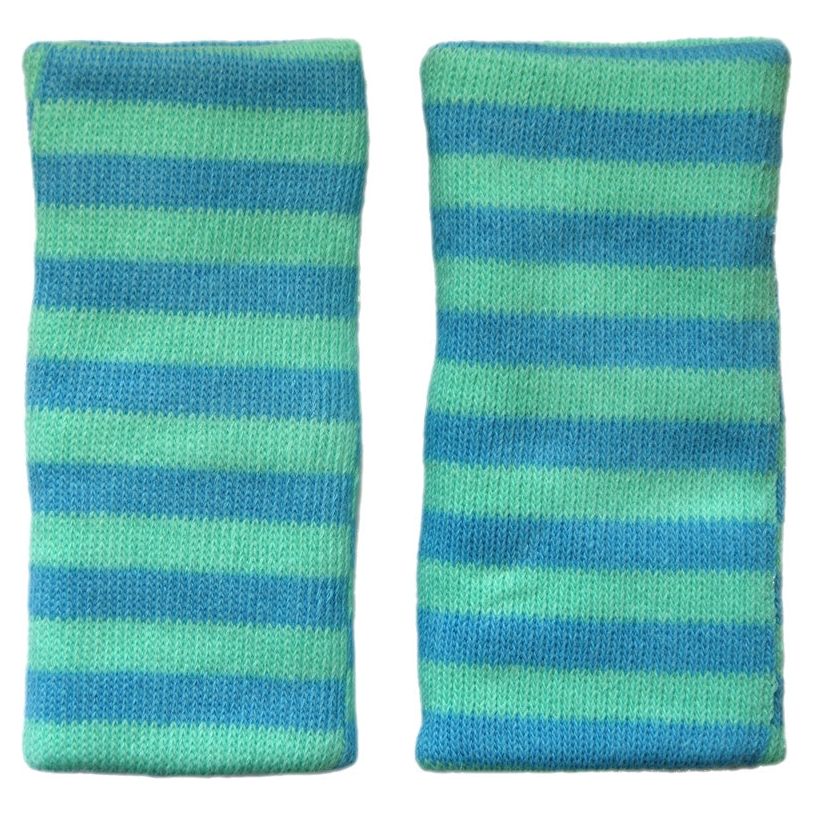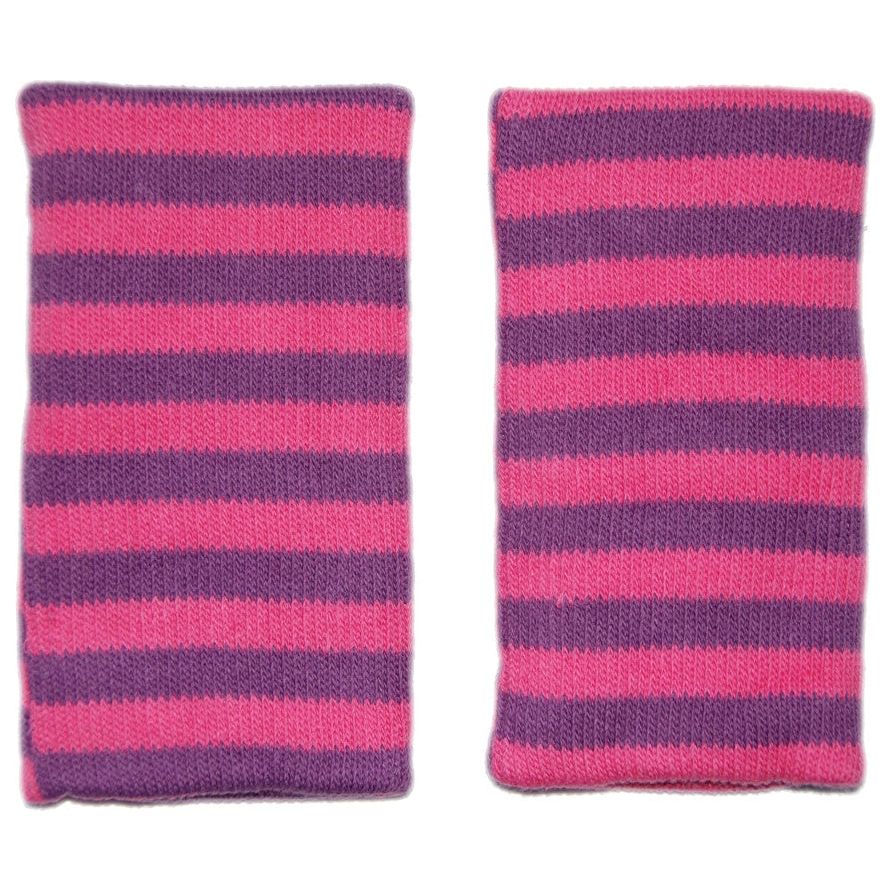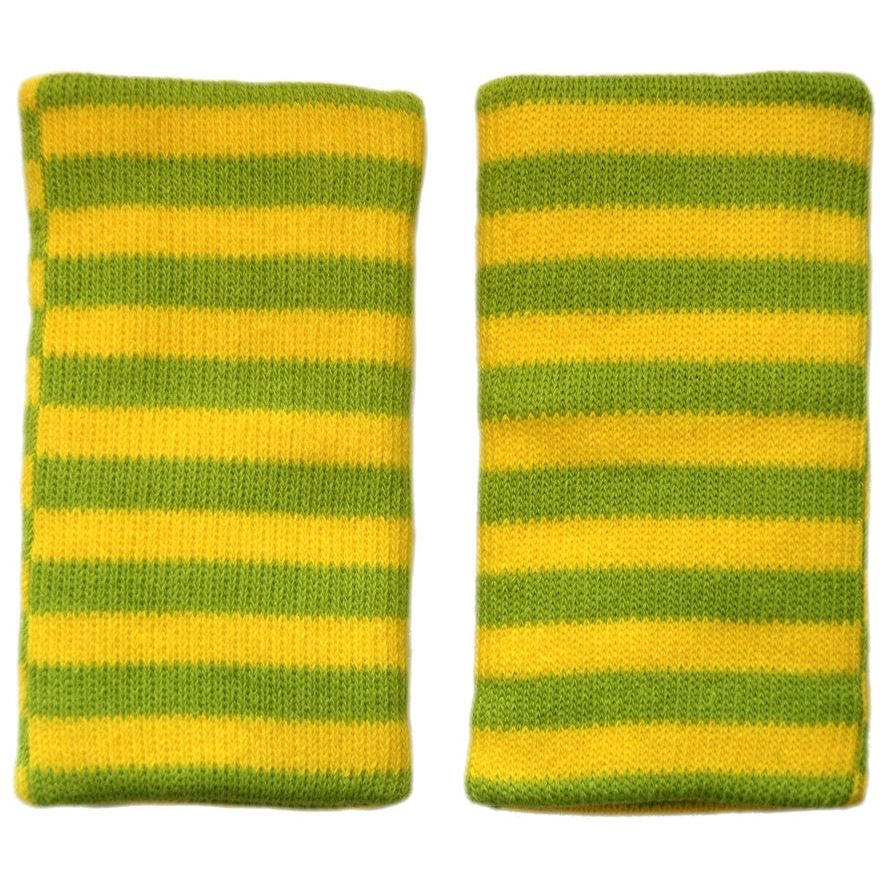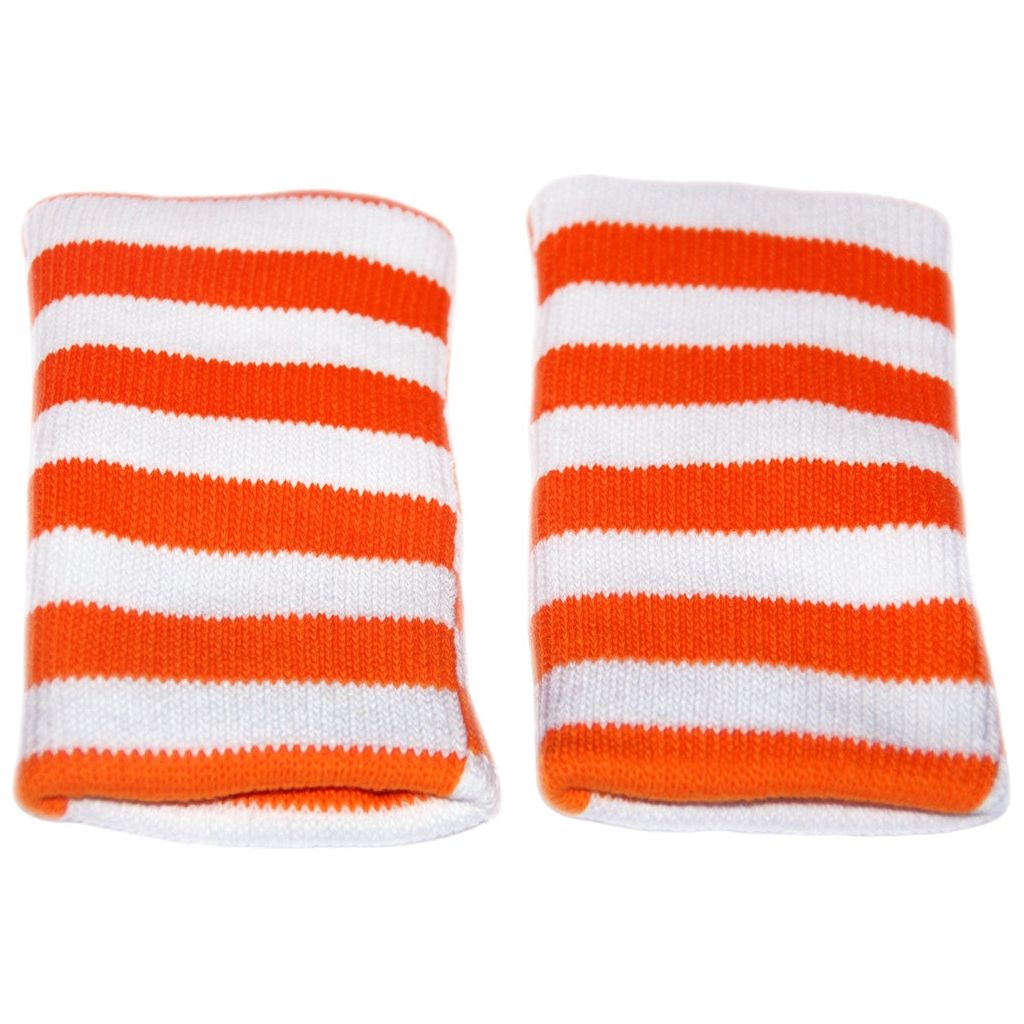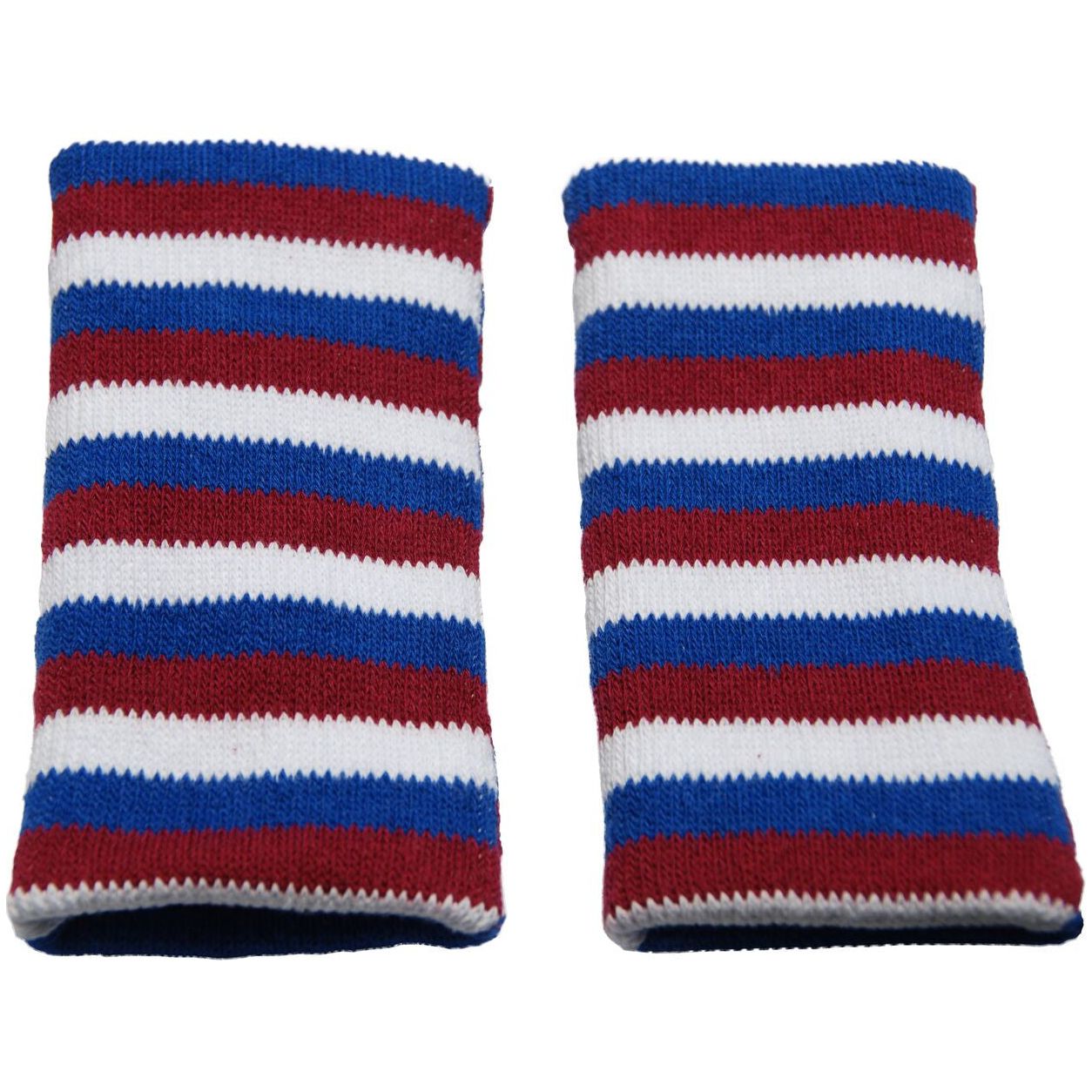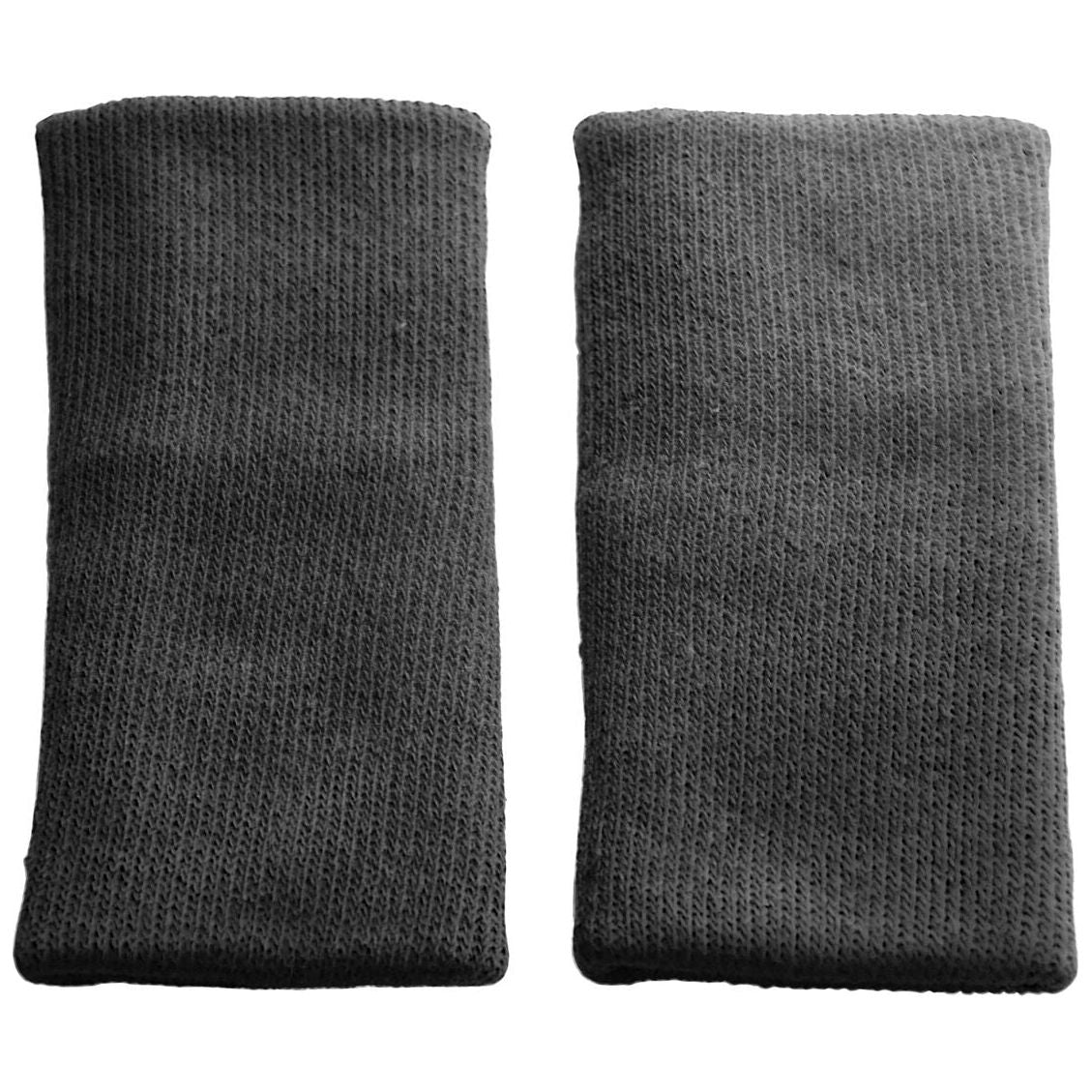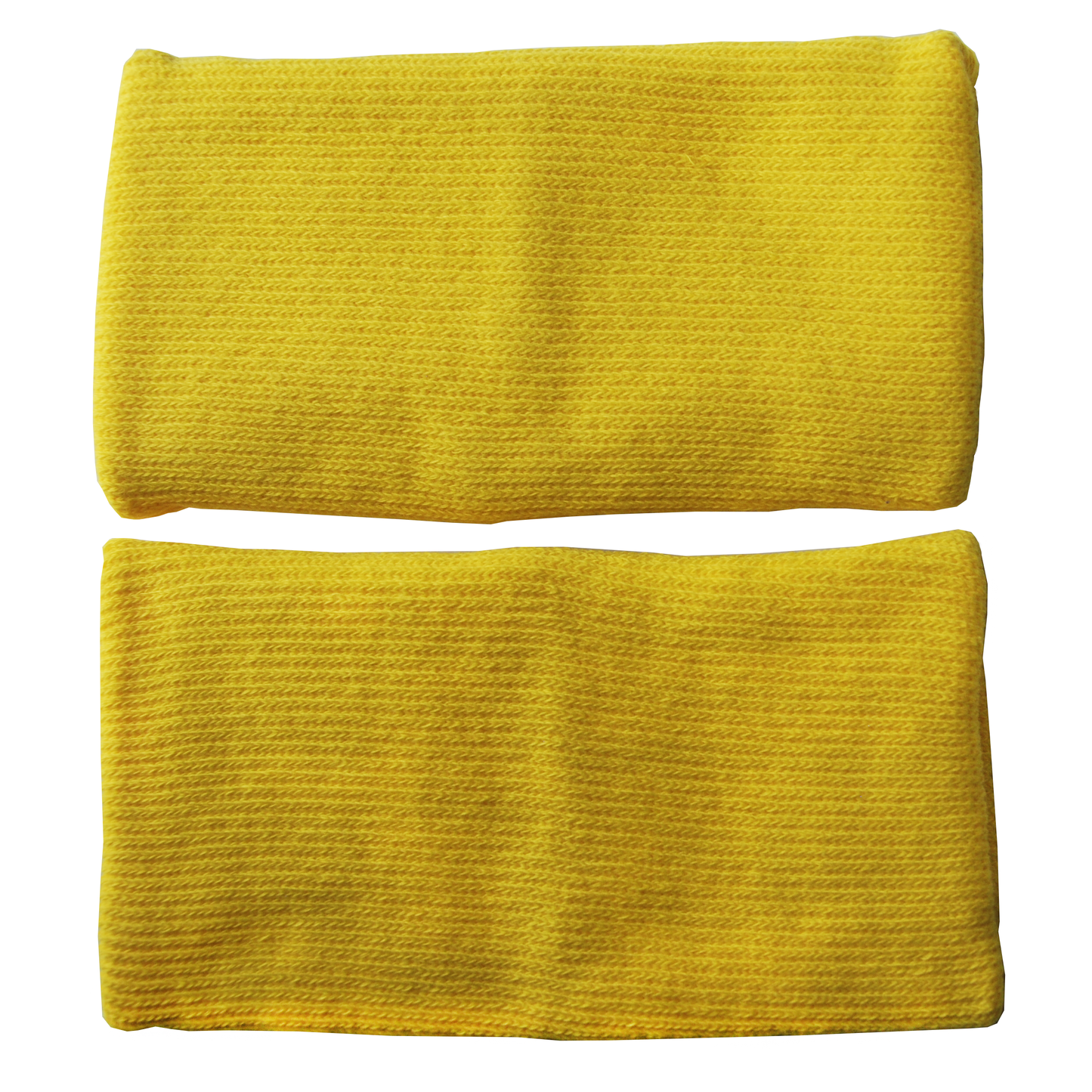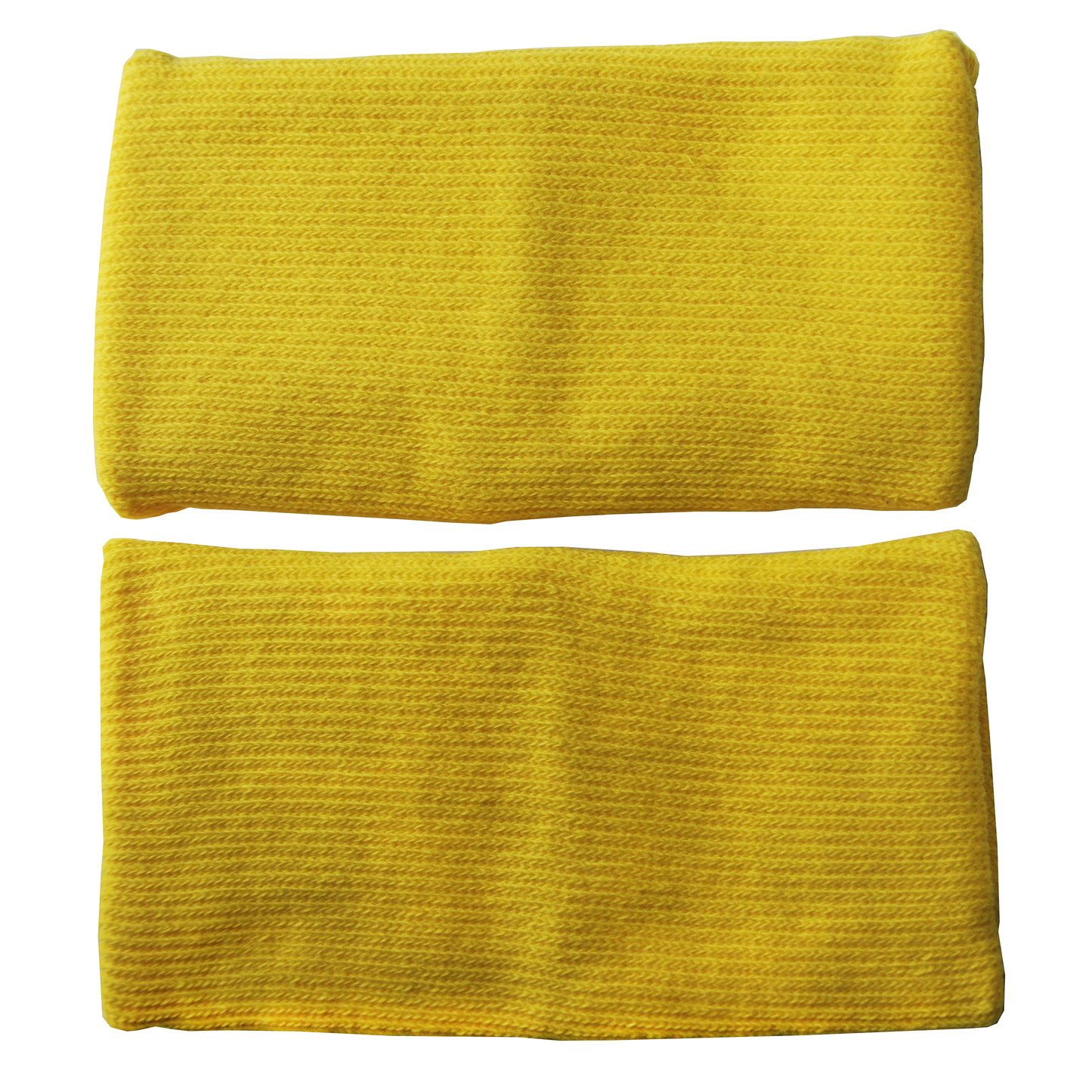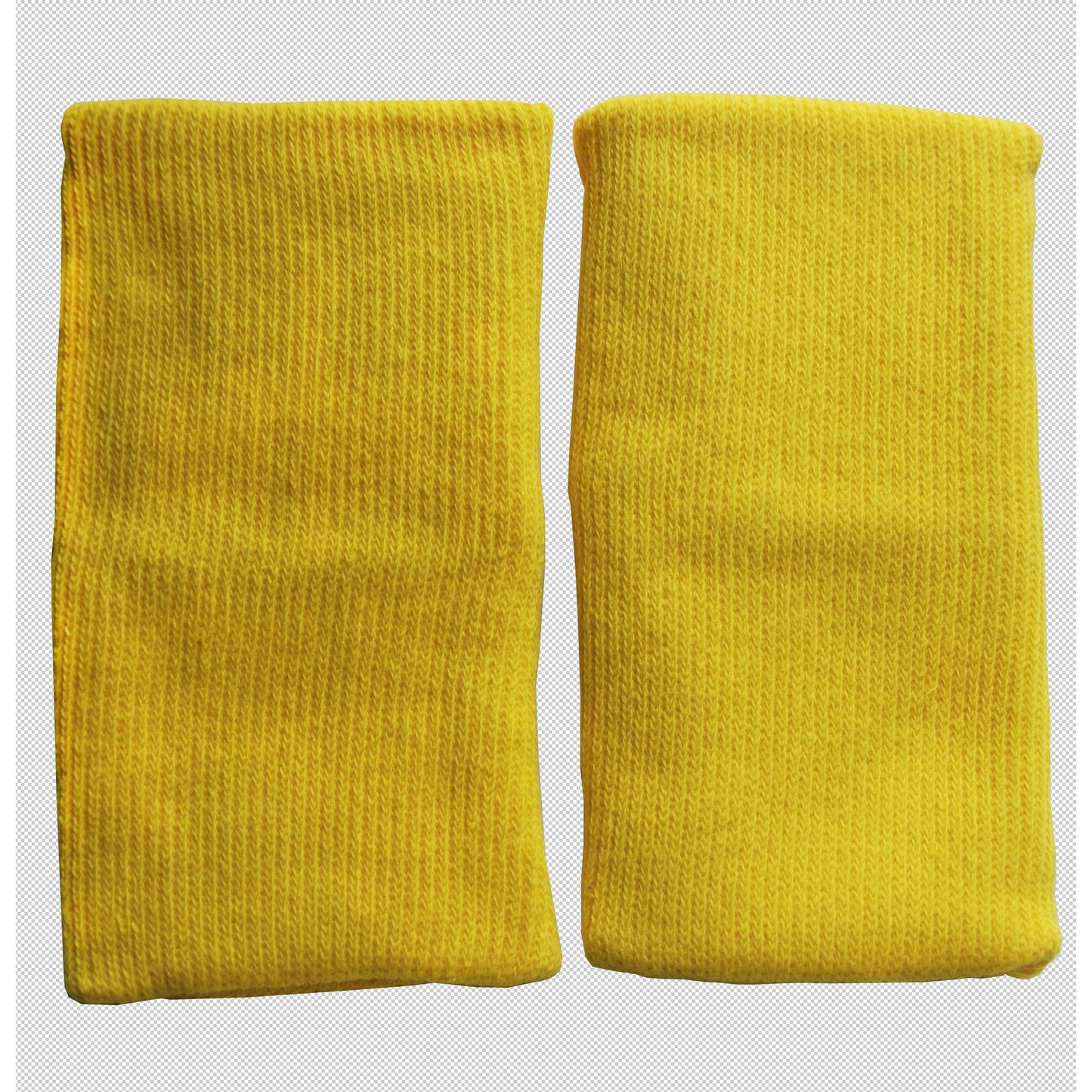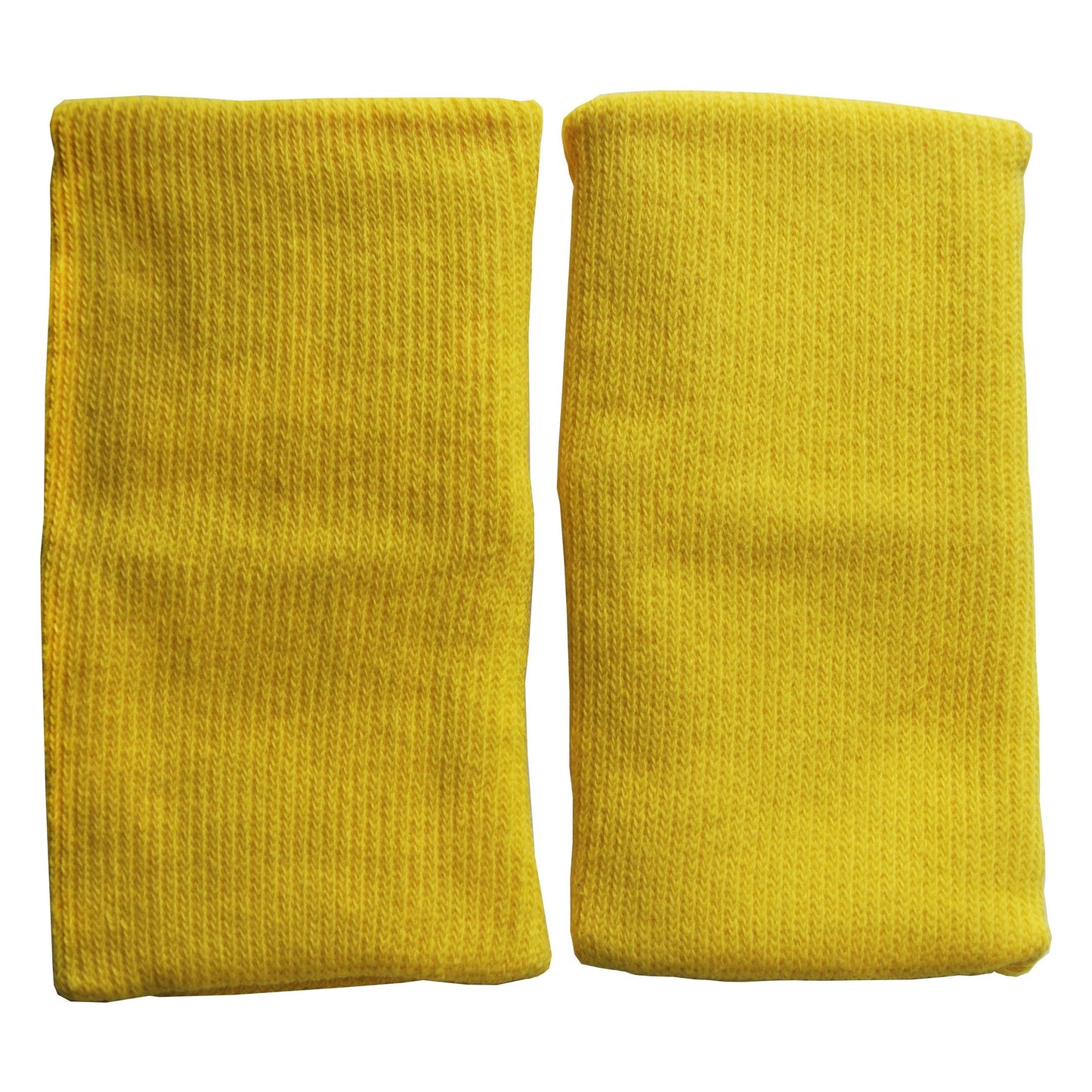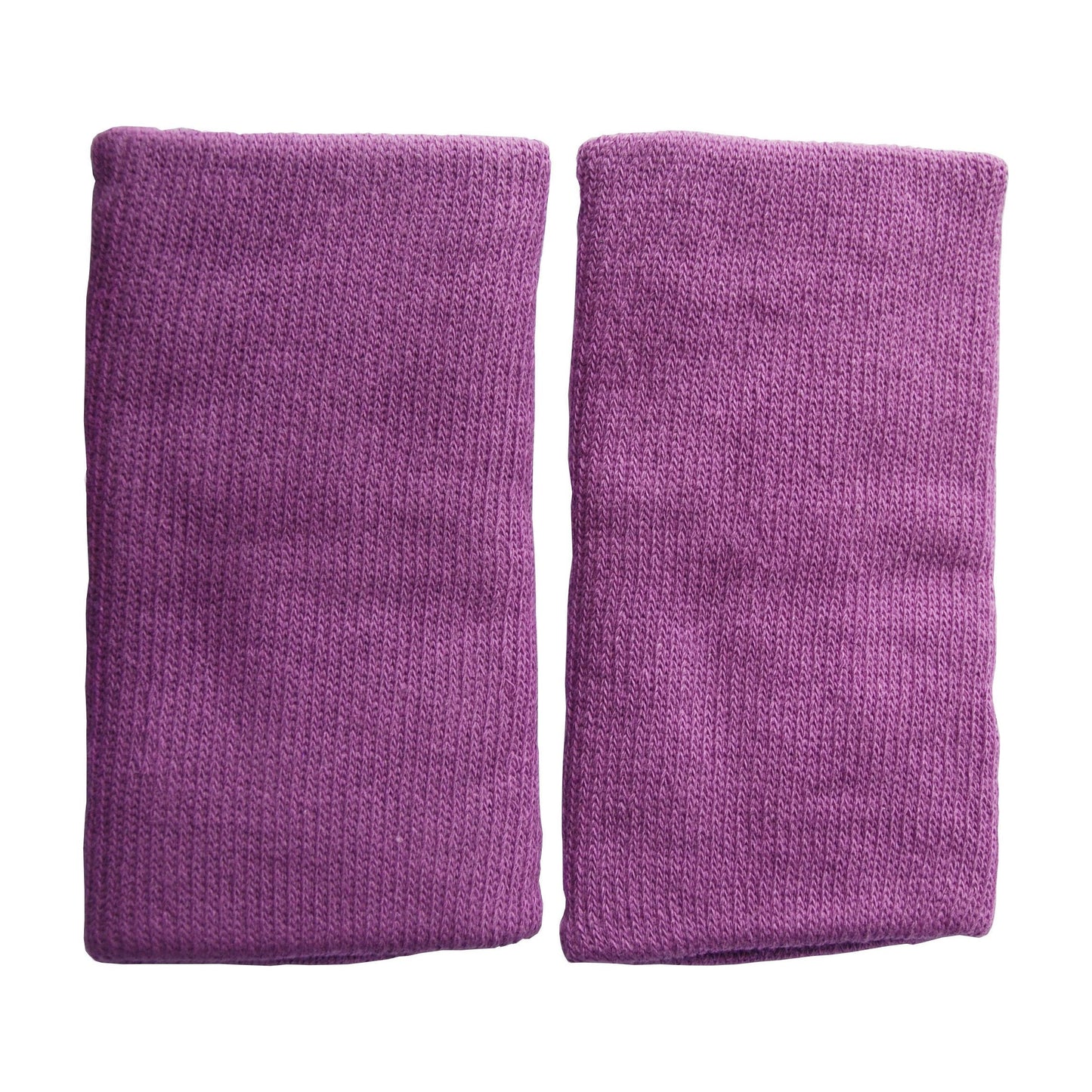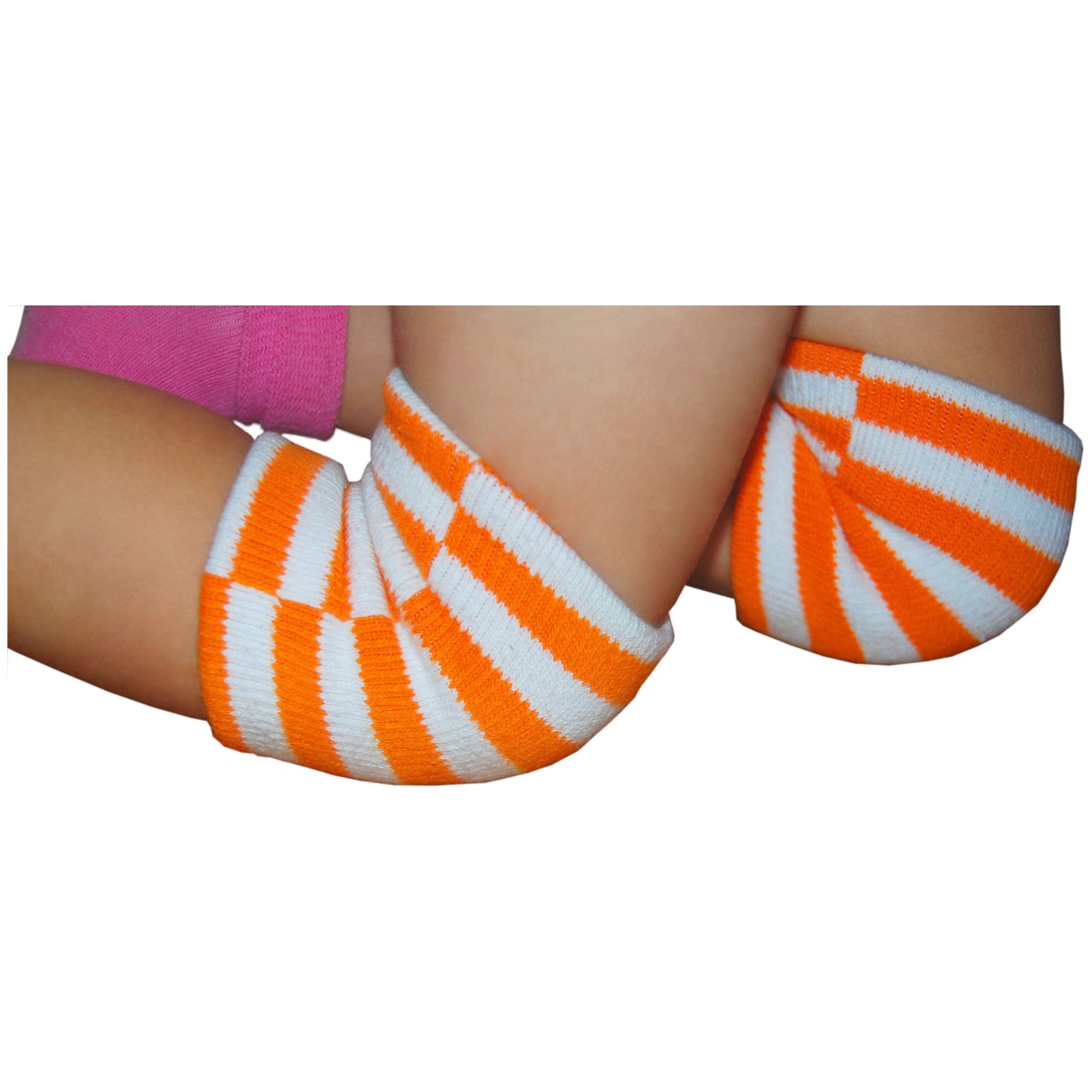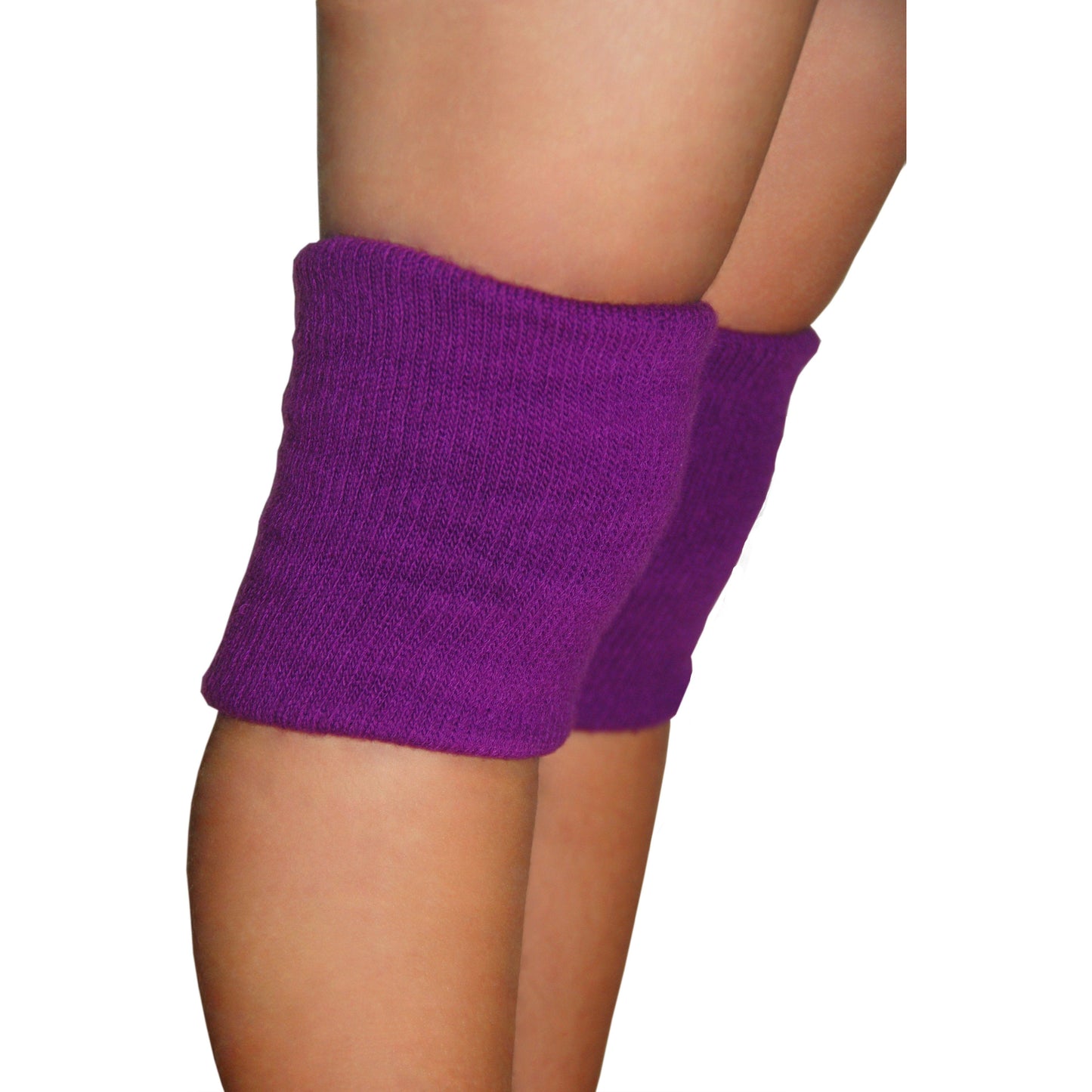We found this very useful article regarding knee injuries in children on www.kidshealth.org and really wanted to share it.


"No parent wants to see their sports-loving child sitting on the sidelines, but knee injuries put thousands of young athletes on the bench every year. It's not unusual for kids to fracture, sprain, strain, or dislocate the knee joint while playing on the field or just goofing around with friends.
Most kids just need a few days or weeks of rest to recover from a knee injury. Severe cases can require surgery and a longer recovery before kids are walking again and back on the playing field.
How the Knee Works
To understand how injuries happen, it helps to know how the knee works. The knee is the largest joint in the body; it provides stability and allows the legs to bend, swivel, and straighten.
The knee joint is at the ends of the femur (thighbone) and the tibia (shinbone); it is protected by the patella (kneecap). The ends of the femur and tibia and the back of the patella are covered in articular cartilage, which acts as a cushion to keep the femur, patella, and tibia from grinding against each other. On the top of the tibia, extra pads of cartilage called menisci help absorb the body's weight. Each knee has two menisci — the inside (medial) meniscus and the outside (lateral) meniscus.

Muscles and Joints
The human body has more than 600 muscles. They do everything from pumping blood throughout the body to helping us lift something heavy.
The muscles around the knee include the quadriceps, a large muscle at the front of the thigh, and the hamstrings, located at the back of the thigh. The quadriceps help straighten the leg and the hamstrings help bend the knee.
Several tendons — cables of strong tissue that connect muscles to bones — work together to help move the knee. The tendons in the knee are the quadriceps tendon, the patellar tendon, and the hamstring tendons. All work together to allow the leg to extend.
Ligaments are cables of strong tissue that connect bones to bones. The four main ligaments in the knee that help connect the femur to the tibia and keep the knees stable are:
medial collateral ligament (MCL): connects the femur to the tibia along the inside of the knee. It keeps the inner part of the knee stable and helps control the sideways motion of the knee, keeping it from bending inward.
lateral collateral ligament (LCL): connects the femur to the tibia along the outside of the knee. It keeps the outer part of the knee stable and helps control the sideways motion of the knee, keeping it from bending outward.
anterior cruciate ligament (ACL): connects the femur to the tibia at the center of the knee. It helps control the knee's rotation and forward motion.
posterior cruciate ligament (PCL): connects the femur to the tibia at the back of the knee. It helps control the knee's backward motion.
Types of Knee Injuries
Because the knee is such a complex joint with many moving parts, knee injuries are quite common. Frequent causes of injuries are overuse (from repetitive motions, as in many sports), sudden stops or twists, or direct blows to the knee.
Common injuries among kids include:
Sprains
Knee sprains usually involve damage to the ACL and/or MCL. The most serious sprains involve complete tears of one or more of the knee ligaments. Symptoms of knee sprains include:
a popping or snapping sound in the knee at the time of injury
pain that seems to come from within the knee, especially with movement
not being able to bear weight on that leg
swelling
the knee feels loose or unstable
Strains
A strain happens when a child partially or completely tears a muscle or tendon. With knee strains, kids may have bruising around the knee in addition to the symptoms mentioned above for sprains.
Tendonitis
Tendonitis happens when a tendon gets irritated or inflamed. It is often caused by overuse or poor training (such as lack of strength exercises or stretching). A child with tendonitis might have pain or tenderness when walking or at rest, or when bending, extending, or lifting a leg.
Meniscal Cartilage Tears
Damage to the menisci is a very common sports injury, especially in sports where kids have sudden changes in speed or make side-to-side movements. Meniscal injuries can occur together with severe sprains, especially those involving the ACL. Meniscal injuries can cause tenderness, tightness, and swelling around the front of the knee. Sometimes fluid collects around the knee (known as effusion).
Fractures and Dislocations
A fracture is a cracked, broken, or shattered bone. Kids may have trouble moving the bone and are likely to have a lot of pain. Patellar dislocation happens when the patella is knocked off to the side of the knee joint, by twisting or some kind of impact. Sometimes it will go back to its normal position by itself, but usually needs to be put back in place by a doctor. Symptoms include swelling and pain in the front of the knee, an abnormal bulge on the side of the knee, and inability to walk on the leg with the affected knee.
Articular Cartilage Injuries
Sometimes a small piece of bone or articular cartilage softens and/or breaks off from the end of a bone, causing long-term knee pain. This is called osteochondritis dissecans (OCD). Symptoms include pain; swelling; an inability to move the joint; and stiffness, catching ("locked knee"), or popping sensations with knee movement.
Chondromalacia pattellae happens when the cartilage in the patella softens or wears away because of injury, muscle weakness, or overuse, and the patella and the thighbone may rub together. This causes pain and aching, especially when a person walks up stairs or hills.
Bursitis
A bursa is a sac filled with fluid located over a bony prominence to prevent friction. If a bursa in the knee becomes irritated and swollen from overuse or constant friction, it can develop into a condition called bursitis. Symptoms of bursitis in the knee include warmth, tenderness, swelling, and pain on the front of the kneecap.
Osgood-Schlatter Disease
Osgood-Schlatter disease is a painful disorder caused by repetitive stress on the front end of the tibia where the patellar tendon connects to the bone. Most common in athletes 10 to 15 years old, its symptoms include a bump below the knee joint that's painful to the touch and painful with activity. Pain is relieved with rest.
Diagnosis
Most knee exams involve lying down flat on a table while the doctor manipulates the knee to see how stable it is and if any part of the joint hyperextends or dislocates.
Imaging tests (like an MRI, X-ray, or CAT scan) also might be done to confirm a knee injury and determine its severity.
Treatment
Any child with a knee injury should rest the knee as much as possible.
Immediately after the injury, apply ice to the area for 20-minute intervals to reduce swelling and use compression bandages for comfort. A child can usually bear weight as tolerated, and should elevate the leg (above the heart) on pillows or other soft objects to reduce pain and swelling.
Doctors call this method of treatment RICE:
Rest
Ice
Compression
Elevation
The doctor might prescribe painkillers or anti-inflammatory pills or liquid if your child has severe inflammation and pain.
After initial treatment, some kids may wear a knee immobilizer (a brace or a sleeve that's wrapped around the knee to keep it from moving too much) for a few weeks while the knee heals, and might need to use crutches to get around.
More serious knee injuries can require surgery to reconstruct the knee if the child has torn ligaments or tendons or bone fractures.
During arthroscopy (a minimally invasive surgical technique) surgeons make a small opening in the knee and insert an arthroscope, a tiny tube-like tool, into the joint. The arthroscope has a lighted video camera on the end that is wired to a TV screen to give the surgeon a magnified view while operating.
Most of the time, the doctor is able to fix the problem during an arthroscopy. But if the injury is too complex, the surgeon will have to switch to "open" surgery, which requires a larger incision to see the area with the naked eye.
Regardless of whether a child has arthroscopy or a traditional open surgical procedure for a knee injury, the recovery period will be several weeks to a couple of months.
Rehab Therapy
Most kids who recover from a knee injury will need some sort of rehabilitation ("rehab") therapy to help heal the knee and to:
restore range of motion
regain strength in the knee, thigh, and shin muscles to prevent atrophy (the breakdown of muscle tissue)
reduce pain and swelling
improve balance
regain functional performance for activity
Most kids undergo rehab at a center three times a week, with daily exercises they practice at home. Accelerated rehab programs involve more frequent therapy, but will not necessarily speed up recovery.
While most sports are off limits — especially the one that caused the injury in the first place — kids can do some low-impact activities that may be fun and even therapeutic, like swimming, bike riding, or protected running. Talk to your doctor about which of these might benefit your child and when normal activities can be resumed.
Preventing Knee Injuries
Preventing knee injuries is a lot less painful and a lot less hassle than undergoing surgery.
If your kids play sports, be sure they always wear appropriate protective equipment during practices and competitions. Kneepads and shin guards when appropriate (as well as helmets and other protective gear) will help prevent injury. Also be sure that they wear supportive shoes that are in good condition and appropriate for the sport.
More tips for avoiding sports injuries:
During workouts, always make sure kids warm up and cool down.
Encourage kids to do regular strength training to support muscles, and stretching or yoga to improve flexibility.
Practice your sport on the training surfaces that aren’t too hard. Running and jumping on asphalt can be tough on the knees.
When jumping, make sure your child bends the knees while landing. This takes pressure off the ACL and prevents injury.
If kids cut laterally or pivot frequently (as in soccer), encourage them to crouch and bend at the knees and hips to reduce the chance of an ACL injury.
For kids who play just one sport, conditioning and training year-round — even if it's at a lower intensity than during the competitive season — can help them stay in shape and reduce the chances of injury.
Reviewed by: Alfred Atanda Jr., MD
Date reviewed: October 2015 "


